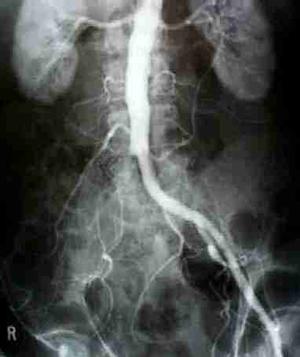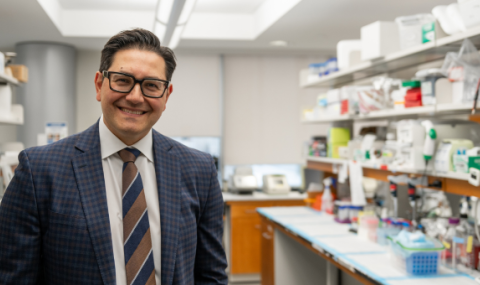Blood tests
- There are many blood tests that can be used to check how the gastrointestinal system is working. Blood sugars are one of the most common and can give a clue to how the pancreas is working and how the body is using energy from sugars. ALT, AST, alkaline phosphatase, and ammonia are some of the tests used to see how the liver is working.
- As with all body systems, it is important to check the balance of fluids and electrolytes, such as sodium (Na+) and potassium (K+).
Nutrients
- A record is kept of the amount of each group of nutrients such as protein, fats, and sugars. The team can monitor how a person is responding to the nutrition and adjust it as needed.
Colonoscopy
- A colonoscopy uses a tube with a camera on it to look at the bowels from the inside. Colonoscopies can be used to both identify and treat some bowel diseases.
Endoscopy
- Endoscopies use tubes with a camera to look at the esophagus and stomach through the mouth. They can help the team identify and treat some upper GI disorders.
Angiograms
-
Angiograms are used to study the pattern of blood flow in the gastrointestinal system. They can be used to identify areas where there may be a block in blood flow, and help determine how much blood and nutrients are getting to different parts of the system.
- The picture on the left shows an angiogram of the lower abdomen. The kidneys are visible in the upper part of the image. The bright white line is the abdominal aorta, an extension of the largest artery in the body.
Abdominal Ultrasound
- Ultrasounds are helpful for identifying the collection of blood or fluid in the abdomen. They use sound waves that produce an image when they are reflected back and interpreted by the machine.
CT Scan
- A CT or CAT Scan is a specialized kind of X-ray. A person is scanned and the pictures gathered are turned into a 3D image by the machine’s computer. CT scans are good at picking up collections of fluid.
- Sometimes a patient is injected with an x-ray dye that will show up under the CT scan. This is called a CT with contrast. It can help determine problems with the vessels such as bleeding or blockages. Patients are taken to the radiology department for CT scans.
MRI
- MRIs are used to get a very detailed picture of the body tissues and organs. MRIs use a strong electromagnetic field to make two- and three-dimensional images of the area scanned. The use of a strong magnet means it is important to remove all metal before an MRI. The scanner is loud, so patients and staff are given ear plugs.
- Sometimes a patient will be given a substance to increase the contrast and sharpen the details of certain body parts, such as the blood vessels. Like a CT scan, an MRI is painless. Patients travel to radiology with a nurse to get an MRI.



